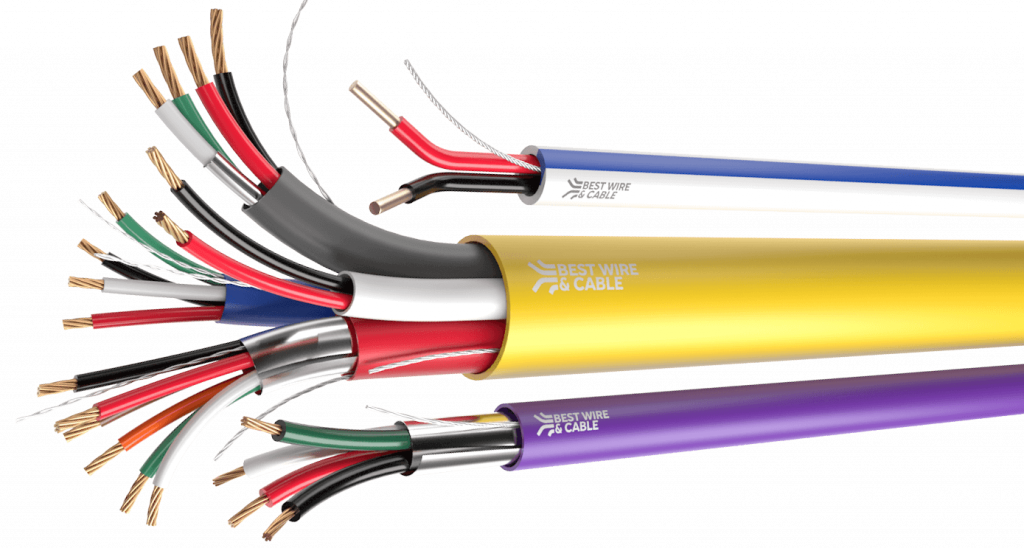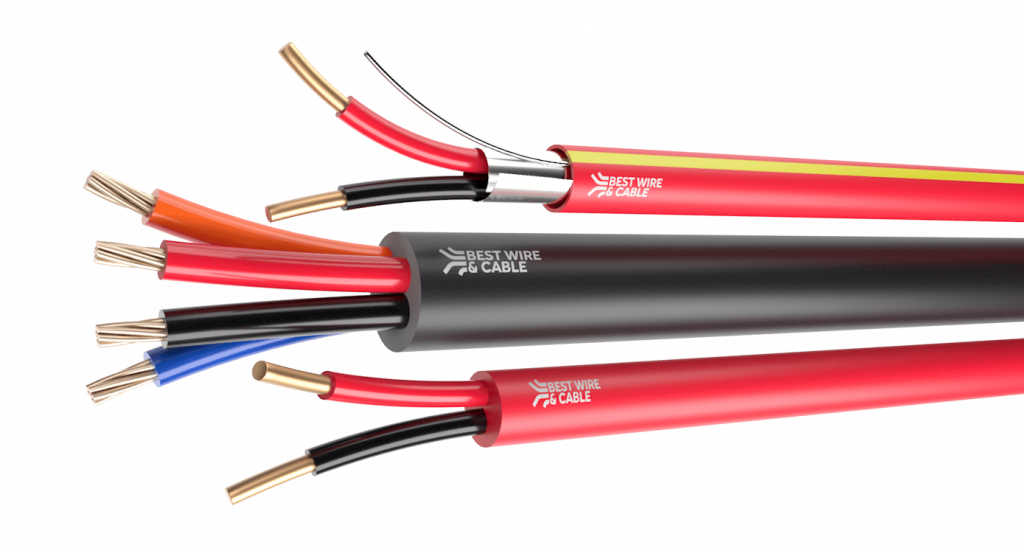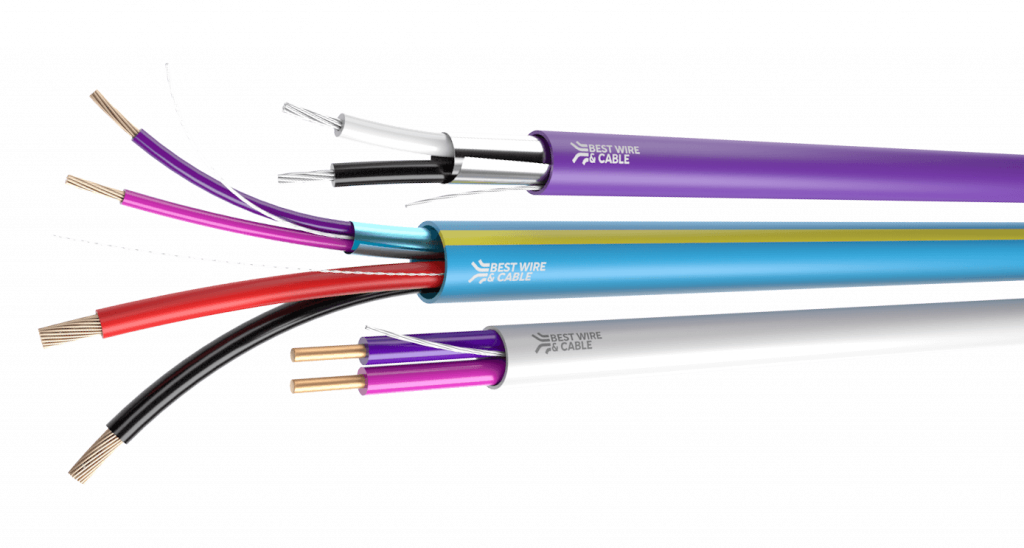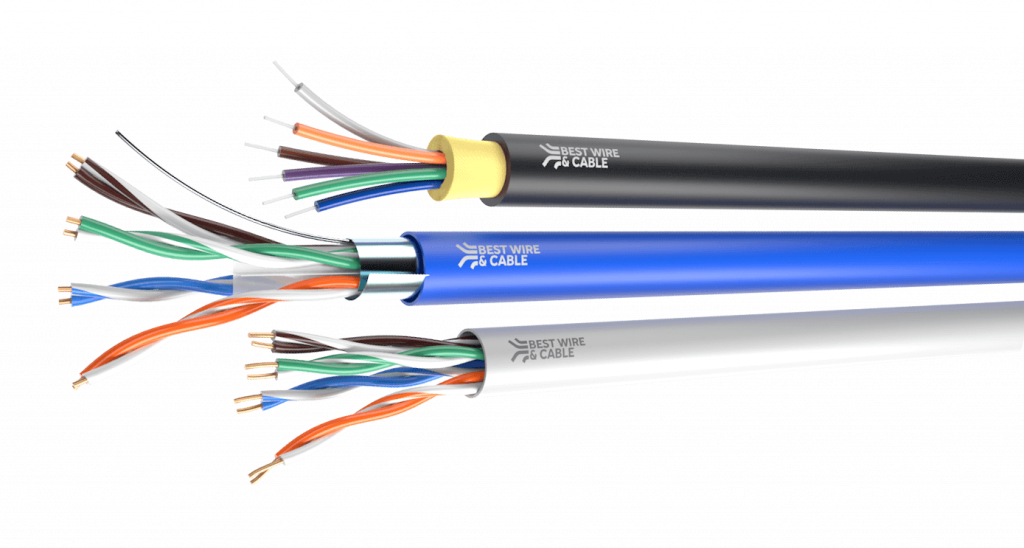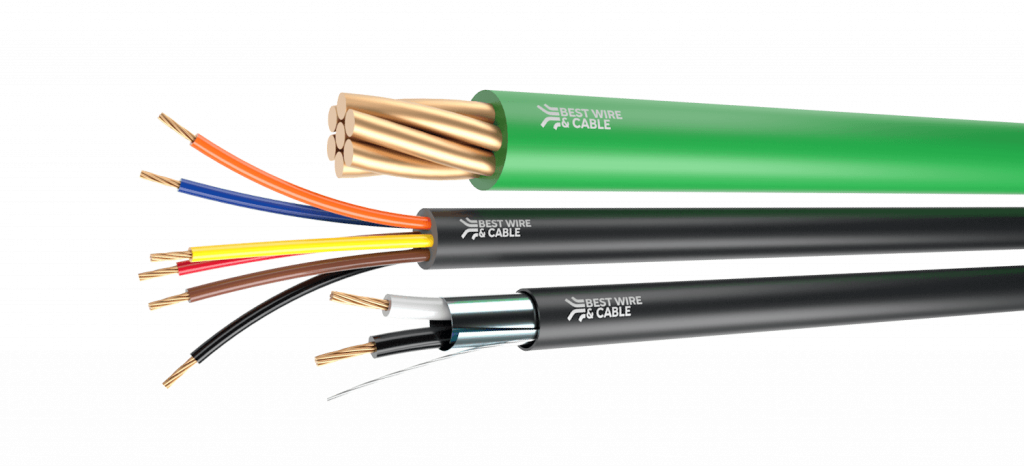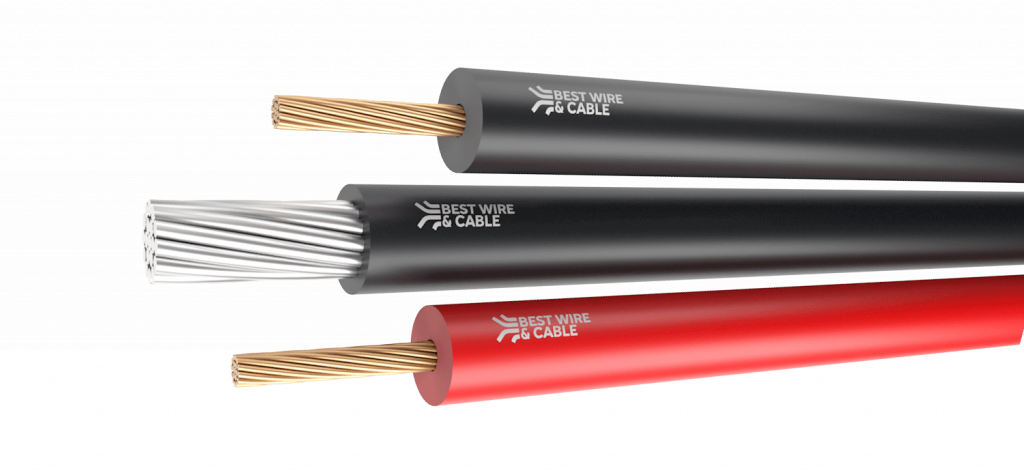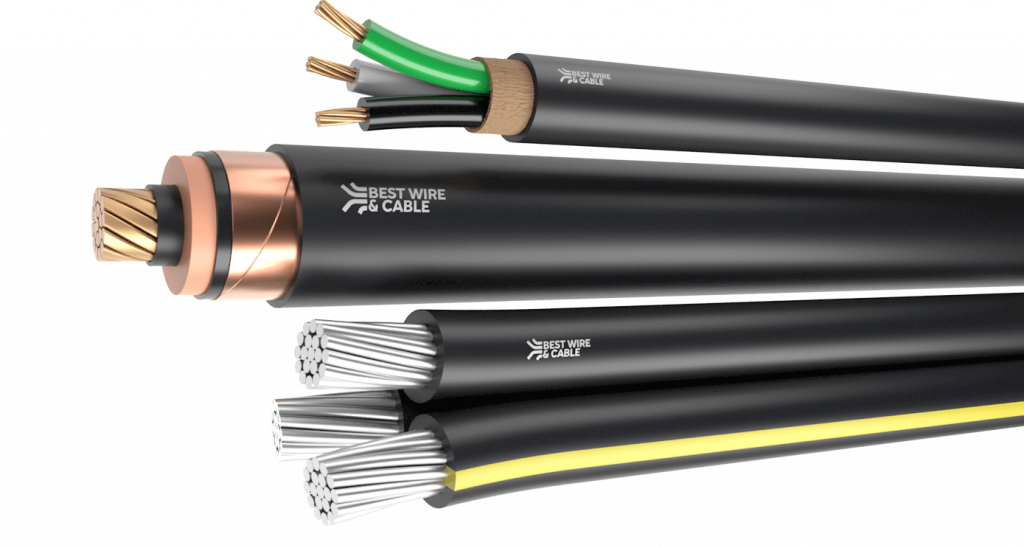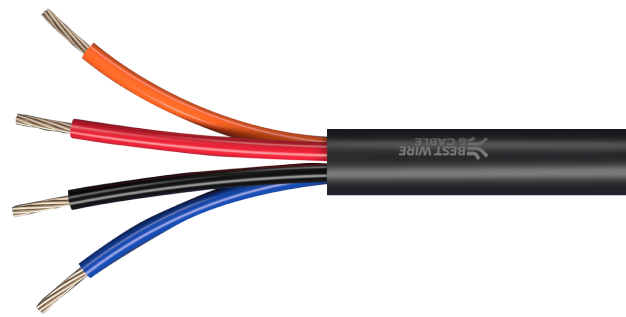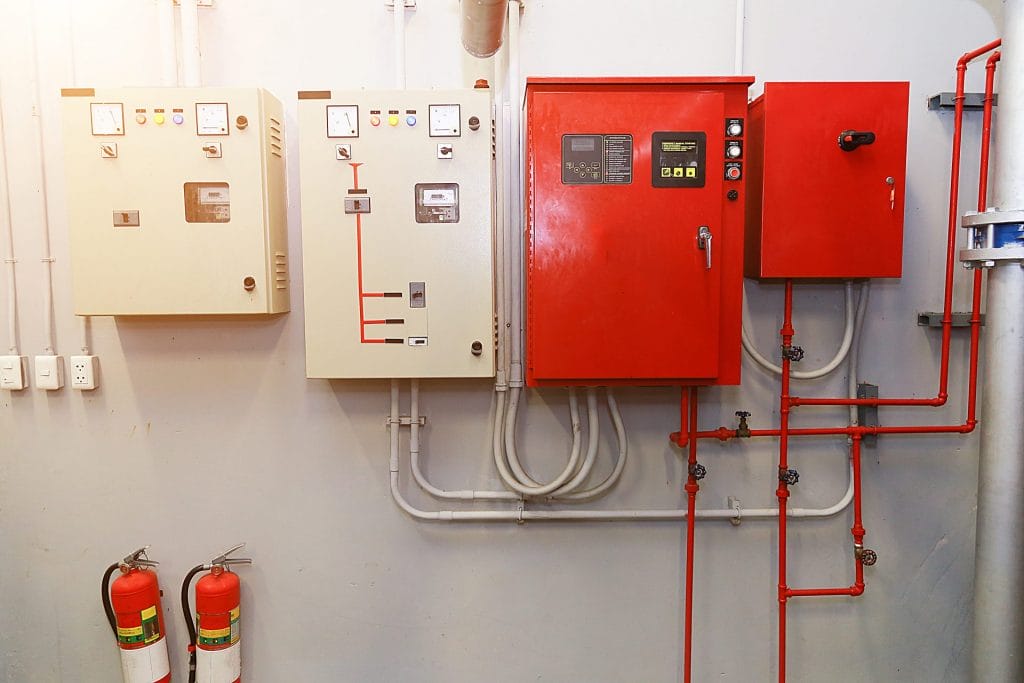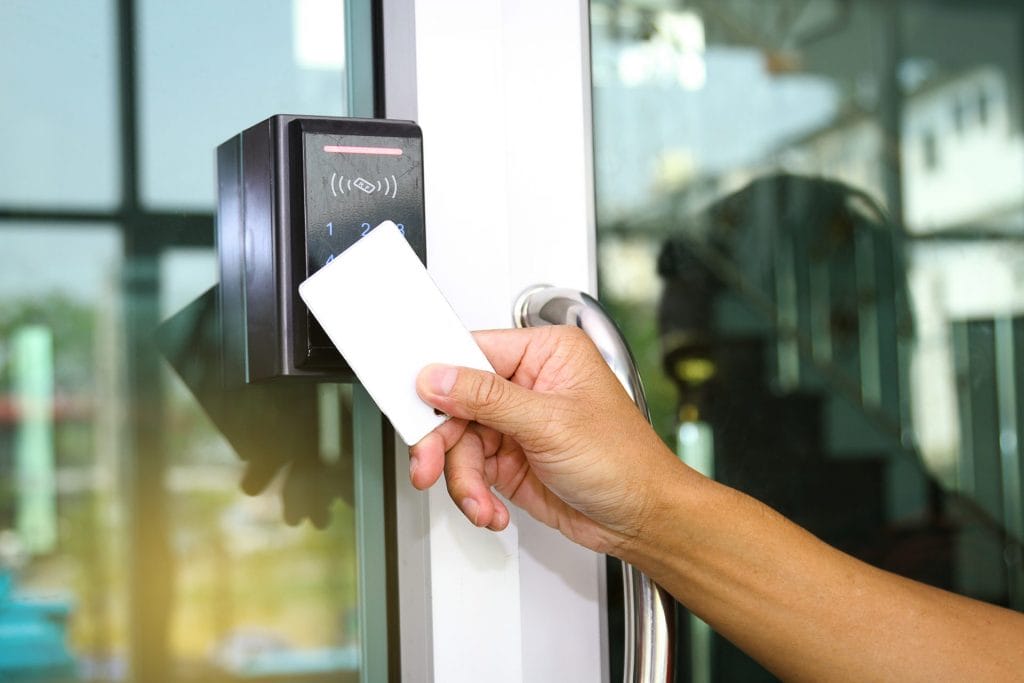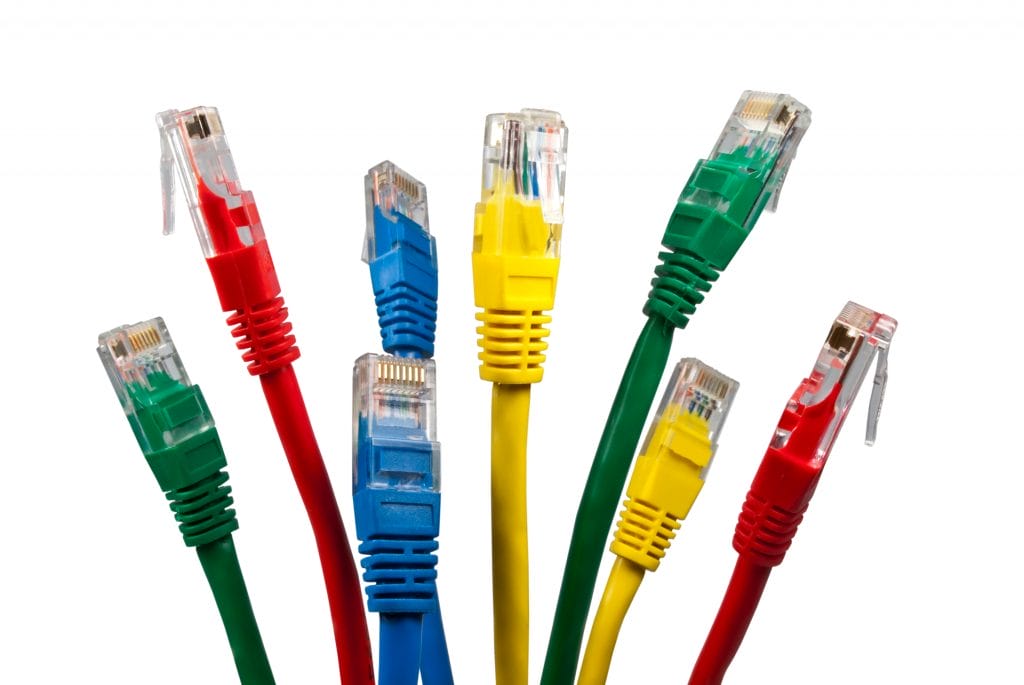Access Control Composite Cable: An Introduction
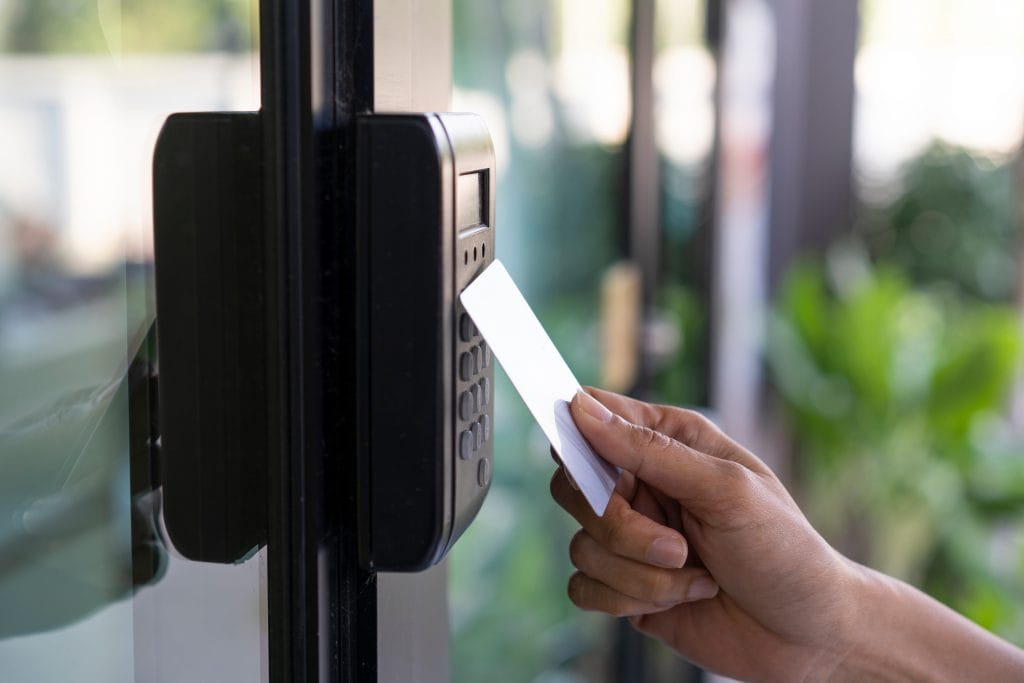
Access control composite cable is a type of cable used to connect electronic access control systems. These systems are commonly employed in businesses, schools, hospitals, and other institutions to secure doors, gates, and various entryways. In this context, access control composite cable plays a crucial role by providing a reliable, secure connection between the different components of the system.
What is Access Control Composite Cable?
Essentially, access control composite cable is a specialized cable that combines multiple wires and cables into a single bundle. Typically, this bundle includes power cables, data cables, and control cables, all necessary for the proper functioning of an access control system.
Specifically, access control composite cable is commonly used to connect electronic access control devices, such as card readers, keypads, and electronic locks. In this way, the cable not only provides power to these devices but also ensures a data connection for communication between them.
Types of Access Control Composite Cable
Moreover, there are several different types of access control composite cables available on the market, each designed for specific applications. Some of the most common types include:
- Shielded Access Control Composite Cable: This type of cable includes a shielding layer around the cables, reducing interference and improving signal quality.
- Unshielded Access Control Composite Cable: On the other hand, this type does not include a shielding layer and is generally less expensive than shielded cables.
- Plenum-rated Access Control Composite Cable: This cable is designed for use in plenum spaces, areas in buildings used for air circulation. Due to its design, plenum-rated cable meets strict fire safety regulations and can be used where riser-rated cable is required.
Applications of Access Control Composite Cable
Access control composite cable is utilized in a wide range of applications, from small businesses to large institutions. For example, some of the most common applications include:
- Door Access Control: These cables connect electronic locks, card readers, and other devices used to control access to doors and entryways.
- Gate Access Control: Similarly, the cable connects gate operators, keypads, and other devices controlling access to gates and fences.
- Elevator Access Control: Access control composite cable is also used to connect electronic elevator controls, such as keypads and card readers.
- Parking Access Control: In addition, it connects parking gate operators, ticket dispensers, and devices used to control access to parking areas.
In conclusion, access control composite cable is an essential component of electronic access control systems. It provides a reliable, secure connection between various devices used to control access to doors, gates, and entryways. Given the different types of access control composite cable available, it’s important to choose the right type for your specific application to ensure both functionality and compliance with safety regulations.
View BWC’s Access Control Products
